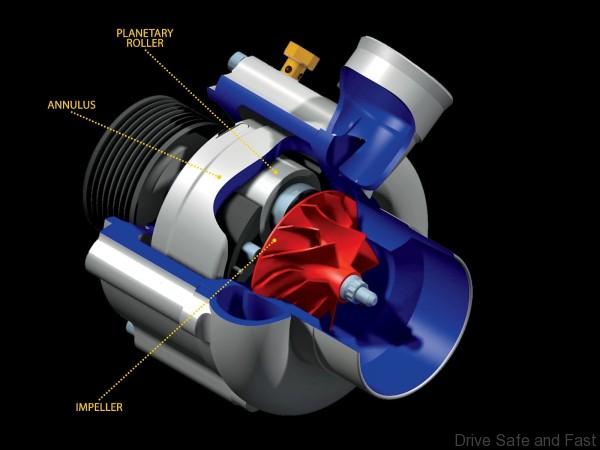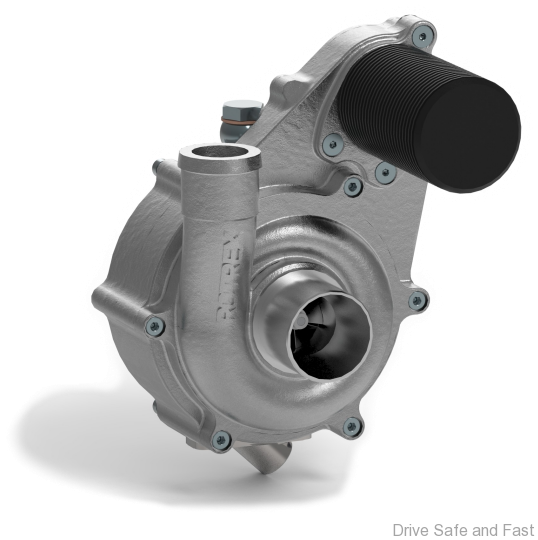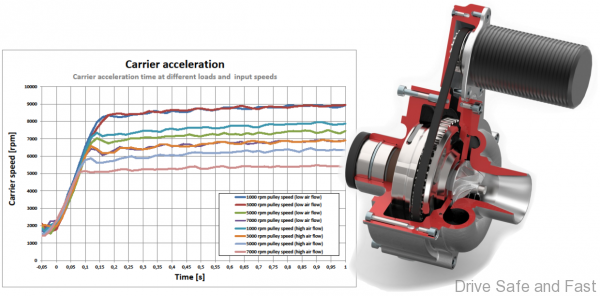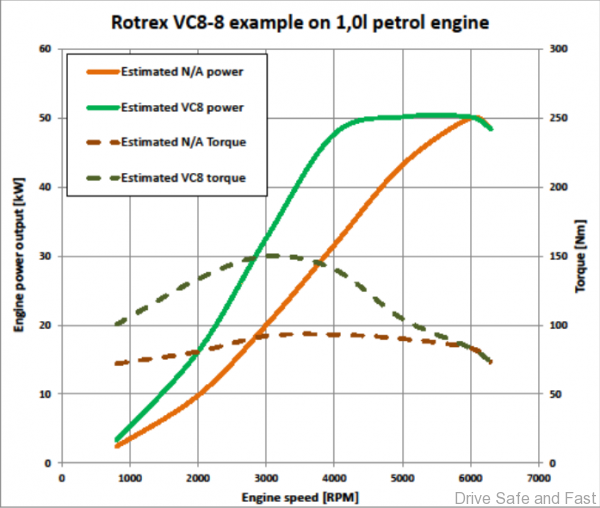Even among superchargers themselves, there are different kinds of supercharger designs that deliver pressurised air in different ways- but the common theme among them is that they are all driven by the engine. Rotrex is one company that sought to go above and beyond what supercharger tech was available in the market, by developing solutions that would cater to the aftermarket as well as mass-market manufacturers. They’ve made their name with high-response, extremely efficient centrifugal superchargers, which are similar in design to a turbocharger.

When compared to box or roots type supercharging, a centrifugal supercharger does not provide as much low end torque. Just like a turbocharger, it develops proper boost once it reaches it’s proper operating speed, and since it’s tied to the engine rpm this means it generally develops maximum boost at redline. But Rotrex’s patented planetary traction drive allows it to ramp up the input speed and reach higher supercharger speeds much earlier. The effect is a flatter, wider torque band through the rev range.
But Rotrex wasn’t willing to stop there. These centrifugal superchargers still lacked that extra punch that a box or roots type supercharger would provide at the low end. While producing impressive numbers higher up in the range, a Rotrex would generally performed like a low-compression turbocharged motor when impeller speeds were too low.
The next step, as it seems that most manufacturers have taken, is the introduction of an electric motor to supplement the system. The electric motor feeds into the planetary traction drive and delivers assistance when operating at lower rpm, providing extra impeller speed when necessary. With a response time of under 300 ms, it is quite nearly naturally-aspirated in response- and there is plenty of available boost for the engine.
Some manufacturers may already have this concept in play, such is Audi with their electrically-driven auxiliary turbochargers for their TDI engines. But if Rotrex provides this system for the aftermarket, it will be very interesting to see how tuners may use it to their advantage. The VC8 produces a pressure ratio of up to 1.5, and as a small supercharger it’s aimed at improving bottom end torque for smaller motors.









